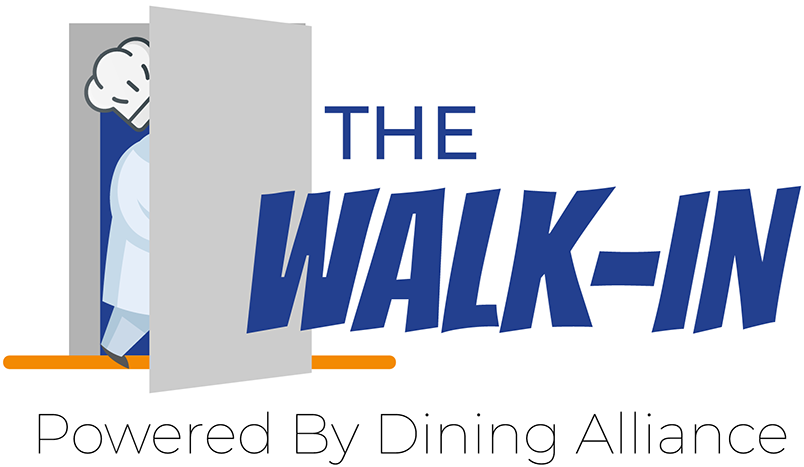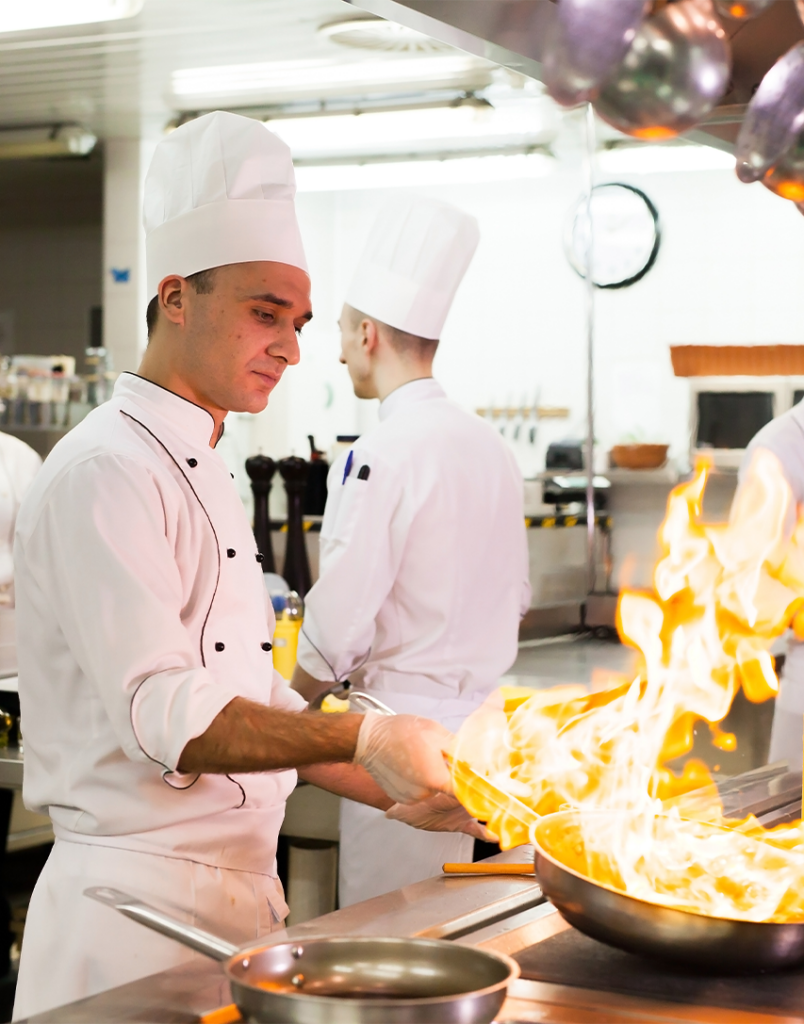What is Prime Cost?
Restaurant Prime Costs is typically the largest expense that a restaurant has, meaning If you can lower your prime cost, you are directly increasing your profits. It is also one of the key performance indicators of your restaurant. Your restaurant Prime cost is the combination of your Cost of Goods Sold (COGS) and your labor costs, also known as direct costs. Your direct costs are those that you incur to produce a product or service.
The formula to calculate Prime Cost is:
Cost of Goods Sold (COGS) + Total Labor Cost= Prime Cost
Why do Prime Costs Matter?
- Prime costs make up the largest expense.
Your prime costs keep your restaurant running and are two costs that a restaurant can control.
- Prime Costs are dynamic.
Prime costs are static recurring costs like rent which are the same month over month. Prime Costs are variable costs which change and can easily get out of hand if you don’t monitor. The upside is that these are costs you can control and bring down when needed. A food supplier raised prices? Switch suppliers to reduce food costs. Slow night? Schedule less staff!
- Prime Costs help you understand your profitability.
Your direct expenses will help you understand your total profits. When you continuously monitor prime costs, you are making sure no costs are falling through the cracks.
Use Prime Costs to Increase Profits
Many restaurants think that increasing their sales is the primary way to boost profits. Though this is true, generating more sales is only half of the equation.
Let’s say your restaurant was at capacity every night of the week. Delivery orders came in around the clock and your catering business was booming! If this is the case, you might be tapped out on the number of sales you make. Maybe you physically can’t make food fast enough, so how would you increase profits in this scenario?
Two options:
- Raise menu prices, which is always difficult as your customers may not be willing to pay more for what they are already receiving.
Maybe you sell a burger for $12 which currently has a prime cost of $8. You walk away with $4 for every burger that you sell. If you can lower that prime cost to $6, maybe by finding a cheaper supplier for ground beef, you’ve just earned an extra $2 for every burger that you sell without touching the menu price!
- Optimize your prime costs.
Optimizing your prime costs means that you are looking more closely at areas where you can cut costs and looking at menu items and how you can make more profit without touching the price. Prime expenses are directly controllable by restaurant operators and managers so it’s an easy way to lower costs and increase profits.
Understanding your prime costs is an easy way to ensure that you are getting the most out of your two biggest costs: food and labor. You can easily add money to your bottom line by taking control of your restaurant’s prime costs.
How to Calculate your Prime Costs
Unfortunately, calculating your Prime Costs is not always easy. That is why we developed a Food Cost Management software to help take the manual data entry out of this process and provide you with the information needed to make better business decisions!
If you’d like to easily track your inventory, recipe costs and even labor to better control your Prime Costs, our Food Cost Management software could do the trick!
Reach out to our team to schedule time to get set up today!








